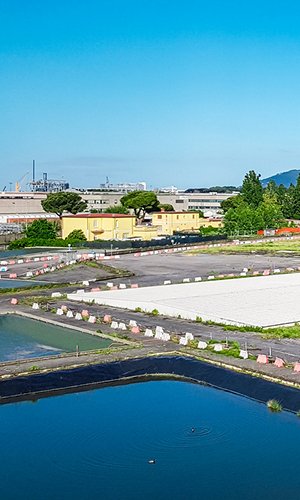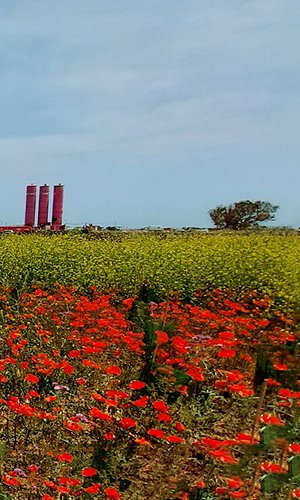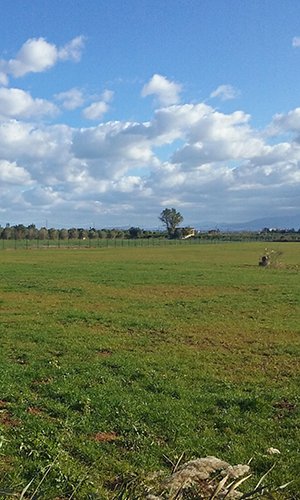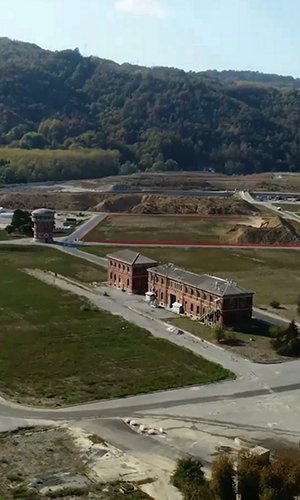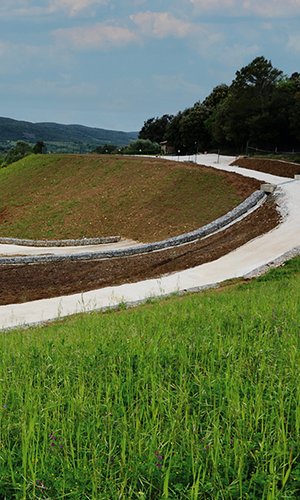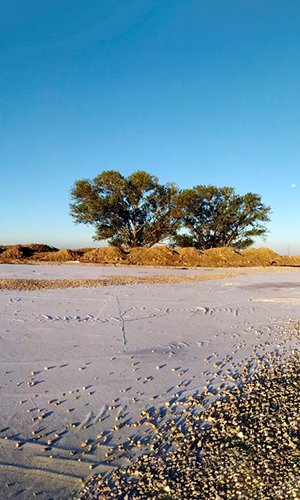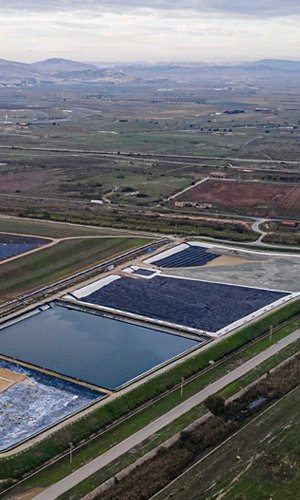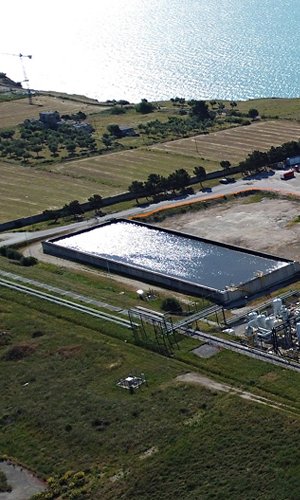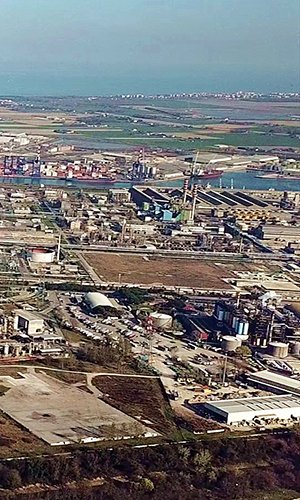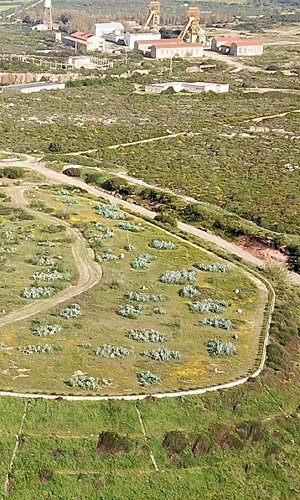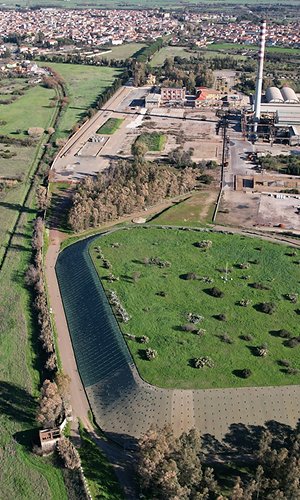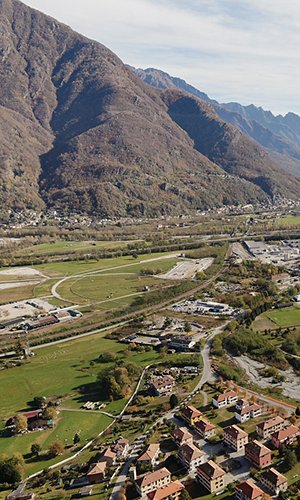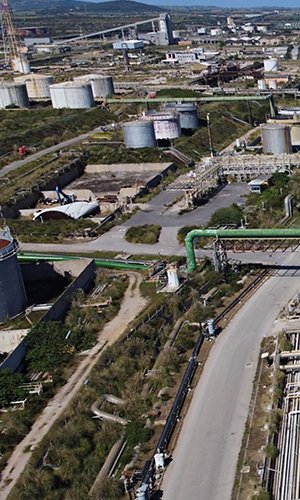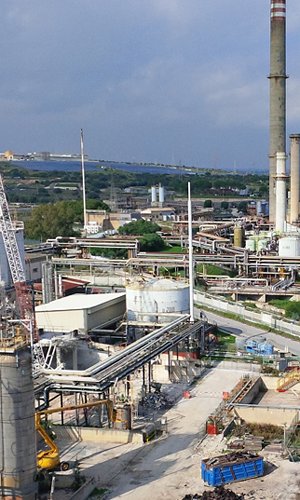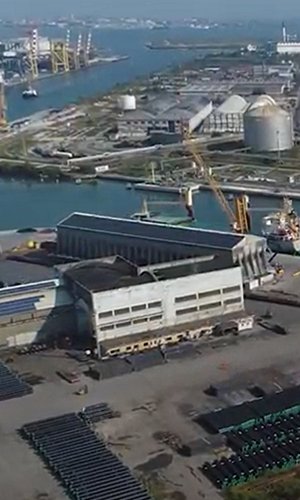Assemini's story began in the 1960s when the site on the outskirts of Cagliari was chosen as part of the Sardinia Revival Plan to regenerate the economy in the south of the island. Petrochemical activities were launched with eight integrated companies operating in inorganic and organic chemicals, these were later merged into Rumianca Sud and then SIR. In this context, the adjacent salt pans provided salt for the chlorine-dichlorethane production at the site, in turn functional to the chlorine, vinyl chlorine and polyvinylchlorine supply chain. Eni (in particular Enichem, then Syndial) took over the plant in the early 1980s, as part of the government's industrial rescue operation; among the transferred assets was the Ing. Luigi Conti Vecchi company, along with the concession of the salt pans. Enichem started a regeneration process which peaked in 1986 with the introduction in the caustic soda production plant of a more sustainable membrane technology, which replaced the previous mercury-based one. In 2008, following the exit from the Italian market of Ineos (Vinyls Italia), which managed vinyl chlorine and polyvinylchlorine production plants, the Assemini site was downsized to only include caustic soda and dichlorethane production and, in 2013 the dichlorethane plant was definitively halted. At the same time, Syndial (now Eni Rewind) launched a productive requalification plan involving salt and caustic soda production through the controlled Ing. Luigi Conti Vecchi company. In 2021, Eni Rewind transferred to Società Chimica Assemini the caustic soda assets, as well as the water treatment and recovery plants in 2023. Italkali, as operator in the salt industry, acquired the shares of ILCV in 2022, taking over the management of the Conti Vecchi salt pans.
Our Channels
enioilproducts
Your business, our energy
Produtcs and solutions for business and customers Italy and abroad


Our regeneration projects
Our main challenge is to breathe new life into local territories.
DISCOVER MORE



